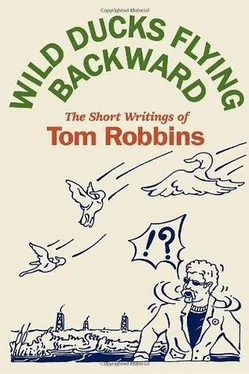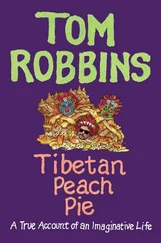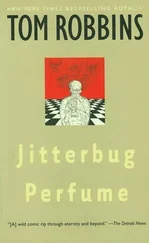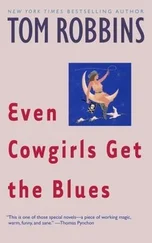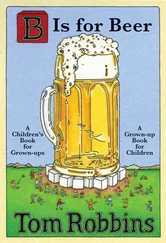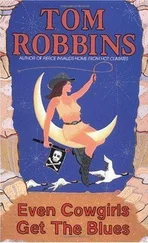This is not to say that a work of art can’t convey other, additional values, values with intellectual and/or emotional heft. However, if it’s really art, then those values will play a secondary role. To be sure, we may praise a piece for its cultural insights, for the progressive statement it makes and the courageous stand it takes, but to honor it as “art” when its aesthetic impact is not its dominant feature is to fall into a philistine trap of shoddy semantics and false emphasis.
Speaking of semantics, let’s pause for an irritating second or two and define our terms. Ask most people what the word “aesthetic” means and they’ll unhesitantly answer, “beauty.” Sorry, friends, it just ain’t so. Beauty is frequently the major generative force in aesthetics, for the artist and his or her audience alike — but beauty isn’t a necessary ingredient in an aesthetic enterprise nor does it by any means define one. In aesthetics, beauty and ugliness are relative terms, and whether a piece is one or the other is often merely a matter of taste.
Like ethics, logic, theology, epistemology, metaphysics, etc., aesthetics is a branch of philosophy, in this case the branch that deals with our powers of sensory perception; more specifically, with how we attempt to understand and evaluate the external phenomena registered by our eyes and ears. When the composition that delights, thrills, captivates, or challenges our sensory receptors has been created for that very purpose, we call it art .
Artistic creation is a mysterious venture about which little can be said that isn’t misleading. To attempt to pin down art, to lock it in the airless closet of tight definition is boorish, even totalitarian. Yet unless we have somewhat of a consensus about what art is, unless we can evaluate it within certain aesthetic parameters, however flexible and broad, we cannot claim it as a subject. In the latter part of the twentieth century, it became hip to assert, “Hey, man, everything is art.” That convenient notion is as evasive as it is inclusive, for if everything is art, then hey, man, nothing is art. If there’s no separate category of human production that can be identified as “art,” then we can no longer discuss art, let alone isolate it in a coherent exhibition or hold it to standards of excellence; art will have become indistinguishable from the manufactured flotsam and jetsam under whose weight the crust of the earth (and likely the collective soul) is slowly cracking, sinking, festering.

Politics, too, is a somewhat nebulous subject. It has been defined as “the art (sic) of compromise,” ignoring the fact that artists historically have been among the least compromising of individuals, or that while most universities offer degrees in political science, none to my knowledge teach political art .
Personally, I define politics as “the ambition to preside over property and make other people’s decisions for them.” Politics, in other words, is an organized, publicly sanctioned amplification of the infantile itch to always have one’s own way.
But let’s not eat off the cynic’s plate. Certainly, ninety percent of the planet’s politicians have a single unwavering goal: to gain power, hold on to it at all costs, and reap the rewards. Yet there is political thought and political action that is altruistic and humanistic, free of narcissism and avarice (temporarily, at least: the truest of all truisms is the one that declares that sooner or later power corrupts). There are political agendas that champion pacifism, civil rights, health care, and environmental preservation, and those agendas merit our support and respect. What they do not merit is an uncontested usurpation of our art.
Socio-political statements, however laudable, however crucial, can cause the less sophisticated viewer to overlook the fact that the art delivering those statements is often inept, derivative, and trite. When we accept bad art because it’s good politics, we’re killing the swan to feed the chickens.
Those who would refute my contention that art and politics run on parallel tracks and seldom the twain shall meet inevitably confront me with the example of Picasso’s Guernica . There’s no denying that that monumental 1937 masterpiece was a direct result of Picasso’s revulsion at the unprecedented saturation bombing of a civilian village (a common military tactic nowadays, sad to say), or that the painting was intended as an impassioned protest against war in general (war being the all — too — frequent terminus of the political trajectory). However, had Picasso allowed his stirred feelings to override his radical painterly principles, had he produced a traditional, literal, unimaginative rendering of military atrocity instead of this wild, virtuoso outpouring of Cubistic invention, you can bet the ranch dressing that now, 70 years later, museum visitors would not be standing before it in awe.
What moves us finally in Guernica are the surprising range of its monochromatic colors, its dynamic lines, disturbing anatomical dislocations, bizarre metamorphoses, shocking fragmentations, and those raw, mysterious symbols that resonate with such potency in our psyches, even though they may never be completely understood by our rational minds.
Guernica succeeds politically because it first and foremost succeeds aesthetically. The memories it may once have invoked of Spanish fascism have long ago been eclipsed by the explosive, exhilarating force with which it deconstructs form and distributes it about the picture plane. Despite its underpinnings of horror and outrage, it is primarily a visual experience.
Because of the way they say “yes” to life — and thus automatically say “no” to those ideas and actions that threaten life or restrict it — there’s a sense in which Renoir’s rosy nudes, Calder’s dancing amoebas, and Warhol’s deadpan soup cans (to pick just three examples) are as much a condemnation of brutality as Picasso’s Guernica . Interpreted as antiwar statements, are they not then political? Seen from that angle, they are. But in the works of Renoir, Calder, and Warhol, even more than in Guernica, the political implications are subtle, ambiguous, and, most important, subordinate to the aesthetic. That’s what makes them art.
And art, like love, is what makes the world forever fresh and new. However, this revitalization cannot be said to be art’s purpose. Art revitalizes precisely because it has no purpose. Except to engage our senses. The emancipating jounce of inspired uselessness.
Morris Louis: Empty and Full
One of the more pleasant paradoxes of McLuhanization is that a “bush-league” town like Seattle can nurture a sensibility enlightened enough to organize, catalog, and mount a major exhibition of Morris Louis while at the same time — by virtue of the provincialism which persists here in spite of the new global togetherness — can afford an opportunity to view Louis in fresh context.
Sensibly, Seattle’s Contemporary Art Council resisted the impulse to attempt a Louis retrospective. It chose, instead, to restrict itself to two periods — the so-called “veils” and “unfurleds”—of the artist’s career, a decision that was not only realistic but one which permitted a more studied appreciation of the prowess of Louis’s talent than would have a less concentrated sampling of all four of his major periods. For one thing, there is greater stylistic variety within the veil series and the unfurled series than may be found within the paintings known as “florals” or those known as “stripes.” Moreover, the pairing of veils and unfurleds illustrated dramatically the dazzling creative leaps of which Louis was capable — the veils and unfurleds are virtually pictorial opposites .
Читать дальше
